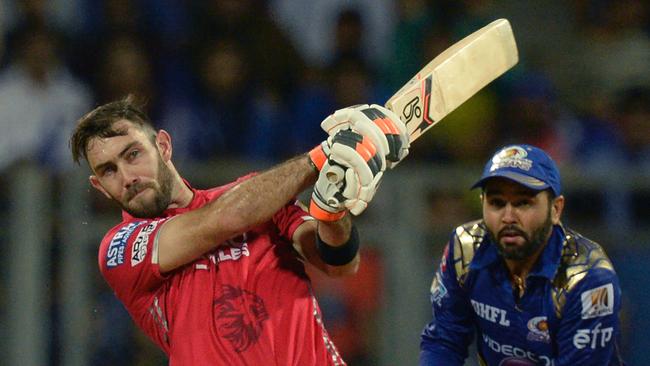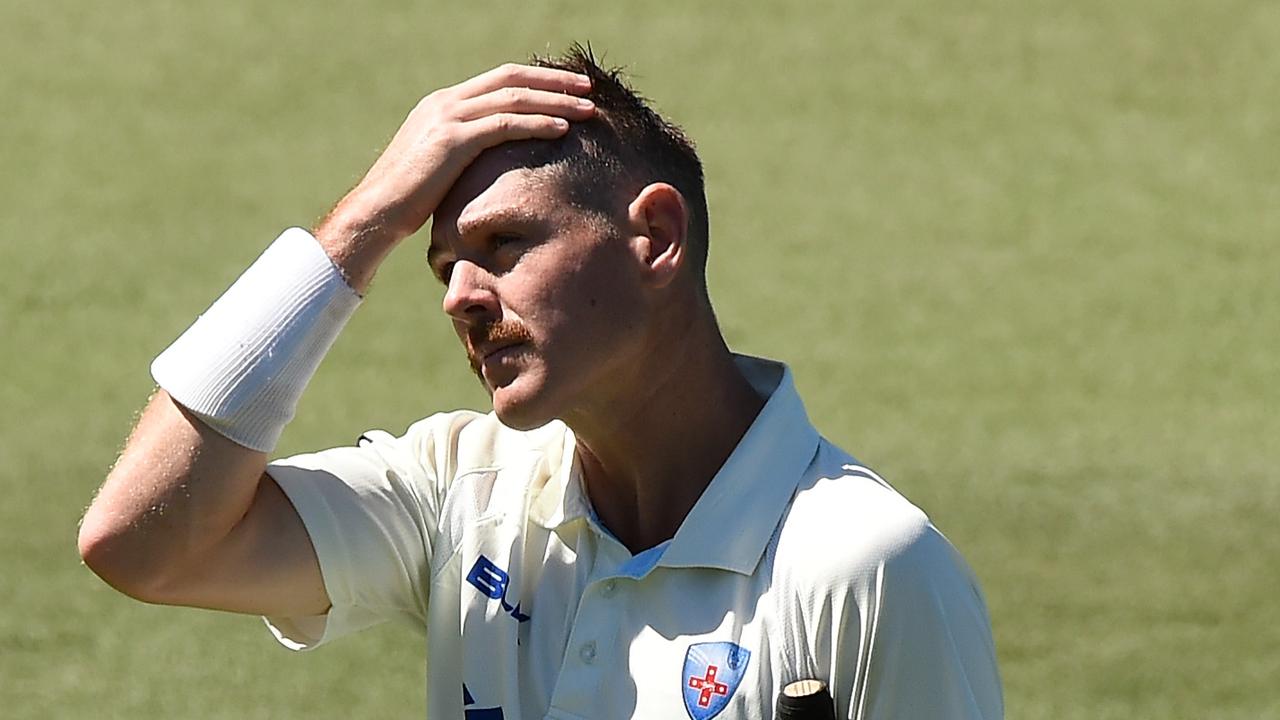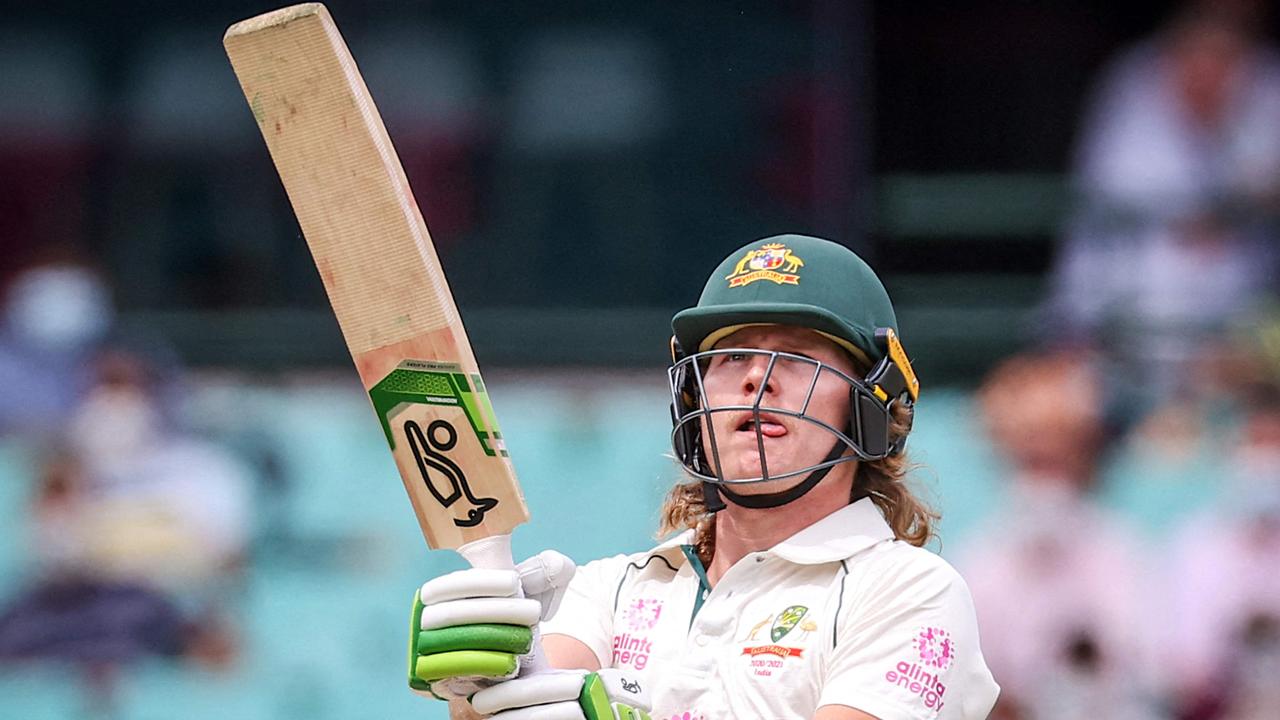Proof IPL is cricket’s true king
Forget any chance the T20 World Cup will happen in Australia this year. New figures showing how much the IPL is worth to the game confirm that.

Forget any chance the T20 World Cup will happen in Australia this year. The freakonomics of the IPL, rightly or wrongly, exaggerated or not, paint a picture of a domestic tournament too big to fail and offer further proof the Indian tournament is a brooding super power in the game.
A paper prepared by a former IPL chief operating officer, Sundar Raman, makes a case for shifting the International Cricket Council’s T20 event from the October-November window in Australia to clear air for India’s private tournament.
Raman claims the IPL generated one-third of cricket’s international revenue in 2019 despite the ICC ODI World Cup taking place in England that year.
He cites figures suggesting the IPL generated 30 per cent more revenue than the 2019 ODI World Cup and will generate 70 per cent more than the 2020 T20 World Cup. He argues the T20 World Cup will be a wasted opportunity even if it does go ahead as it is highly unlikely crowds would be admitted and so Cricket Australia would not see any revenue from ticket sales.
Raman was the chief operating officer of the IPL for seven years, but left in 2015. He immediately became chief executive of Reliance Sports, the company which controls the Mumbai Indians.
A variety of reports cite the value of the IPL at more than $9bn. Its last four-year broadcast deal was worth $4bn alone — more than three times Cricket Australia’s five-year deal.
There are few who believe the T20 World Cup, which generates income for all cricket playing nations, will go ahead with both COVID-19 and the BCCI working against it. Australia has little to gain from hosting the World Cup and little to lose — apart from a host of star players on the eve of the summer — if the IPL replaces it.
The latest plans for the IPL’s cuckoo event will see the tournament finish in early November and the Indian side fly into Australia for a four-Test series when it finishes. It would give the players from India and Australia a chance to go into two weeks of isolation if necessary and be ready to start the summer.
Cricket Australia has not released the fixture, but it is understood Brisbane was in line to host the first game which meant Perth would miss out on hosting an Indian Test.
The pandemic has seen both Adelaide and Perth put in bids to host the sides for a stationary series in a lockdown situation.
The India series is the most profitable and is worth around $300m in broadcast revenue for Cricket Australia. The current financial panic in the local game looked to be predicated on the chances India would not tour.
“IPL remains as the single biggest event for the global cricket economy,” Raman says in his paper. “With a contribution of around 1/3rd of global cricket revenues annually, the importance of IPL cricket’s global economy cannot be over stressed.
“If IPL was to be considered a separate cricket body and revenues were to be removed from Indian cricket boards revenues, IPL would emerge as the biggest revenue generator for global cricket.”
Raman claims the IPL pays $1.5bn in players’ salaries a year, but makes no mention that as opposed to ICC events, where the profits are shared, the Indian event’s gains are pocketed by home board and privately owned franchises. That point made, the broad consensus is that it is best to concede ground to the IPL because cricket would struggle to survive a pitched battle with it.
No cricket board has won the battle to put its domestic priorities ahead of the IPL. Australia has been blessed by being able to compensate its players well and not have to compete in the window the tournament is usually held in, but this year’s postponement creates some challenges.
Big stars, including Pat Cummins, David Warner, Steve Smith and Glenn Maxwell are all on multimillion-dollar deals with their franchises and will be keen to play. Australia gets a significant kickback — believed to be 10 per cent — of what the players earn.
Where usually players use their holiday break to play IPL, this year it will be in the middle of their contracted period and it will be interesting to see if Cricket Australia, which claims to be in a financial crisis, is willing to pay wages at home while its stars play for a private franchise.



To join the conversation, please log in. Don't have an account? Register
Join the conversation, you are commenting as Logout